Yesterday, in the first episode of Chapai Nawabganj tour, I wrote about the Small Golden Mosque. Today I will write about the Tohakhana Complex built by Prince Shah Shuja, the son of the Mughal Emperor Shah Jahan (who is famous all over the world for the construction of the Taj Mahal) just half a kilometer away from the Small golden Mosque. Shah Shuja built this Tohakhana as the residence of his spiritual master Shah Neyamat Ullah. He used to stay in this Tohakhana when the prince came to meet his spiritual masters. We will also learn about the three-domed mosque and the tomb of Shah Neyamat Ullah located next to this Tohakhana.
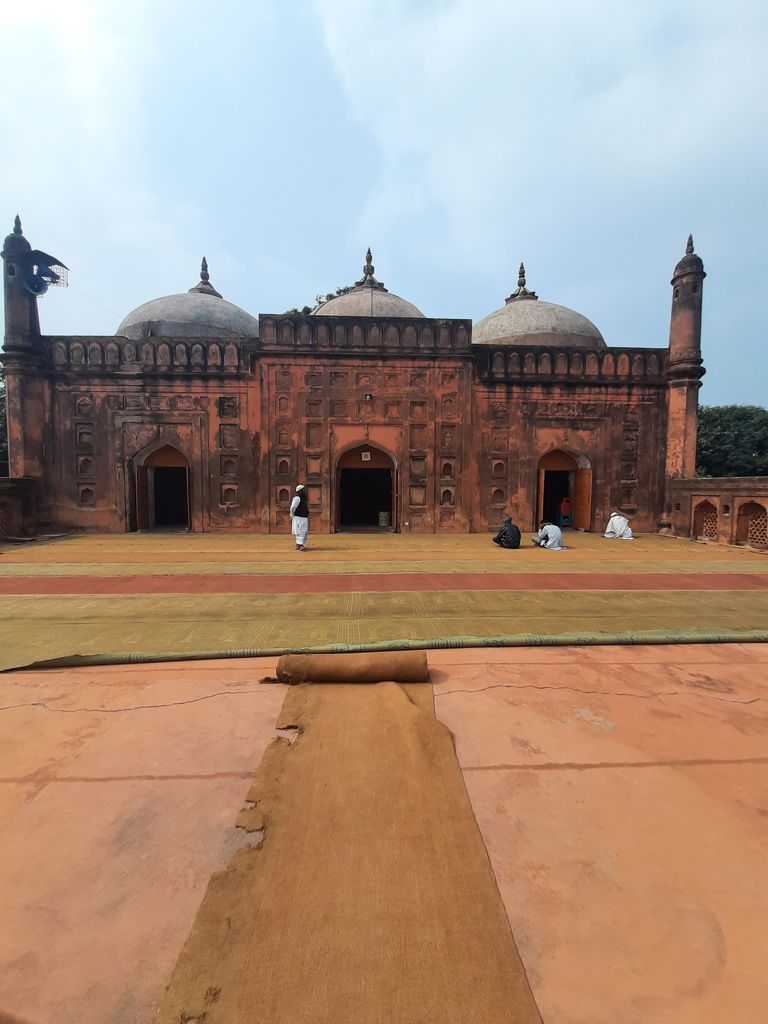

Three domes Mosque
It is estimated that Shah Neyamat Ullah came to Bengal from the Arabian Peninsula in the middle of the seventeenth century to propagate Islam. He belonged to the Banu Asad tribe of Makkah. Upon his arrival in Delhi, Prince Shah Shuja took a pledge from him. He then settled in the then Gaur, now Chapainawabganj district and started preaching Islam. At that time Shahzada Shah Shuja was performing the duties of subadar in Bengal in obedience to the emperor Shah Jahan of Delhi. At that time Shah Shuja built this air-conditioned tohakhana for his spiritual master Shah Neyamat Ullah. At the back of this tohakhana, there is a huge pond about three acres wide.
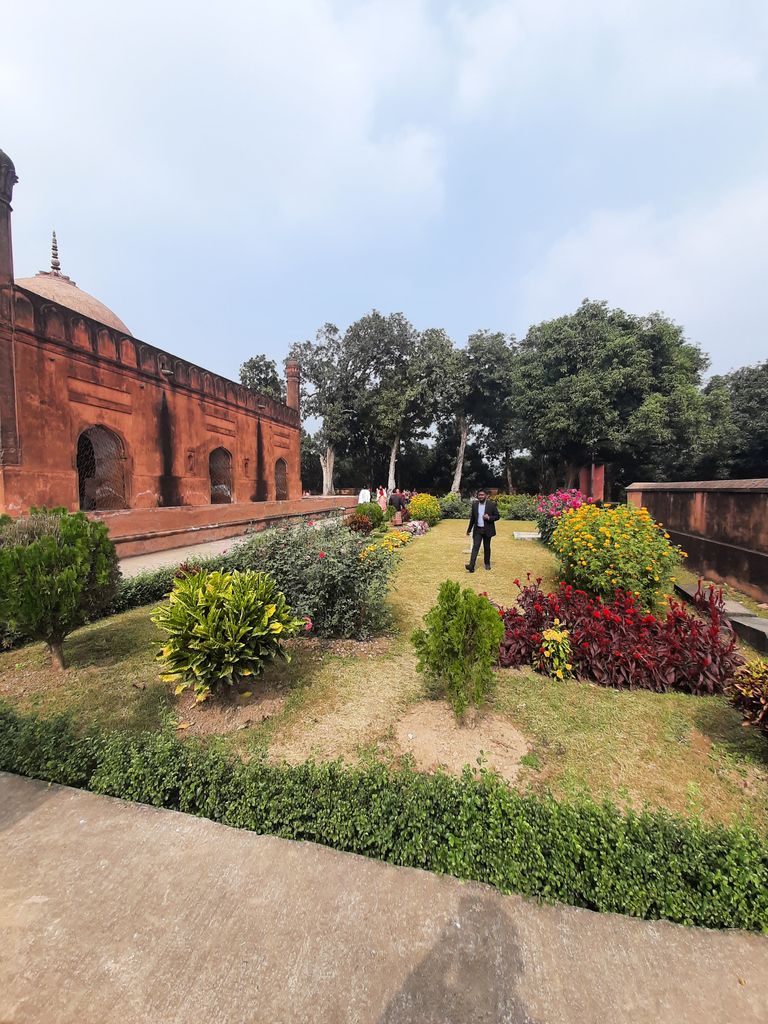
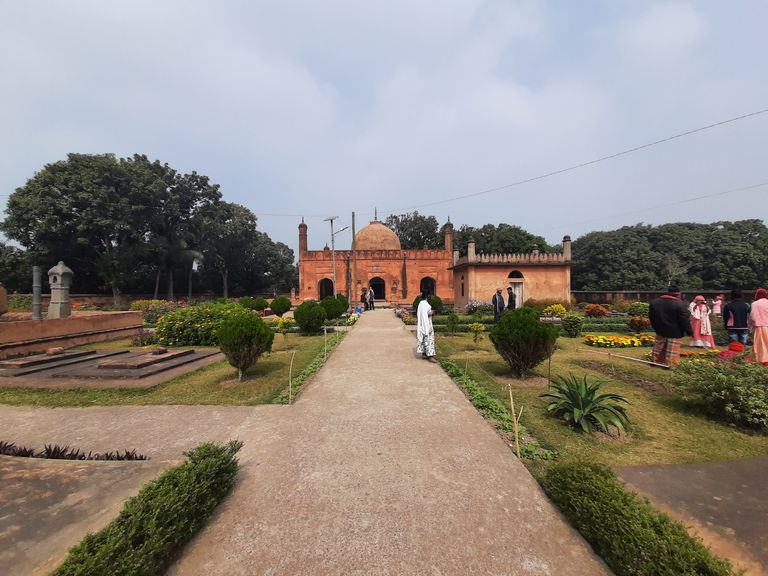
Shrine of Shah Neyamat Ullah
On the north side of Tohakhana, there is a beautiful mosque with three domes. The construction period of the mosque coincides with the construction period of Tohakhana. So it is thought that this mosque was built by Shah Shuja. The walls of this impossibly beautiful mosque still bear impeccable beautiful evidence of Mughal architectural stylestyle.
Shah Neyamat Ullah died in about 1665 AD. He was later buried in the Tohakhana complex. The tomb is located north of the three-domed mosque. Although there are many more graves here, it is not known whose graves they are.
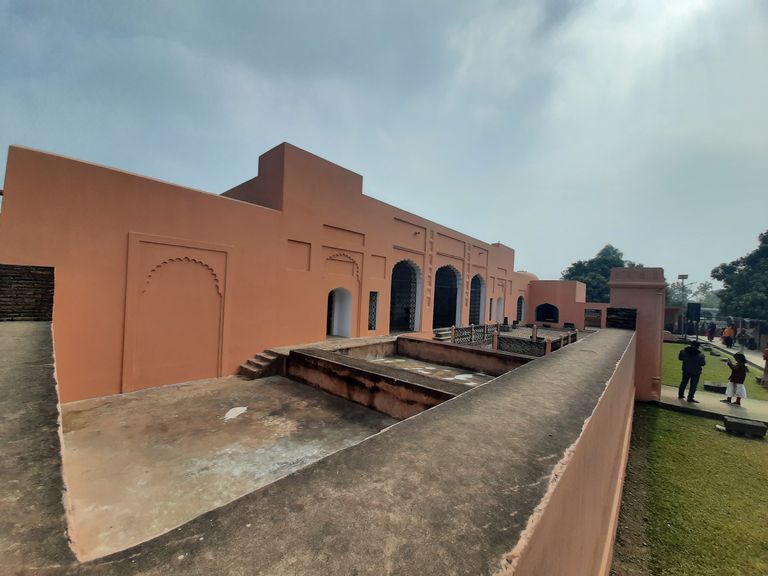
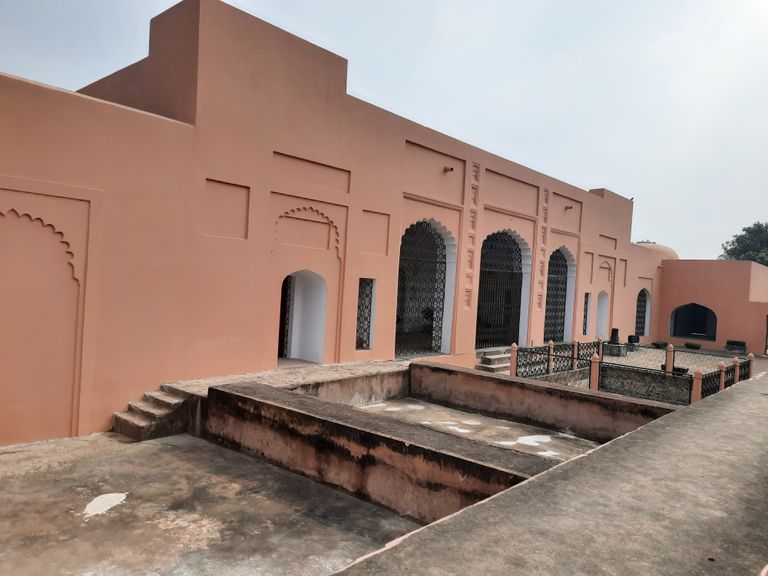

Tohakhana and the pond
Something about Shah Neyamat Ullah: Shah Neyamat Ullah is known not only to the people of the Indian subcontinent but also to people from all over the world for his Qasida. In this Qasida he prophesied about various things to come. Many of the couples coincided with the various events that followed.
Although his predictions on the fall of the Muslim caliphate, the Second World War, the introduction of paper money, etc., matched, many of his predictions did not. Therefore, there is a debate as to whether the predictions made by him are coincidental or not.
In the next episode I will write about Darasbari Mosque and Madrasa. Darasbari Madrasa is believed to be the oldest and earliest madrasa in Bangladesh. Stay tuned until then.